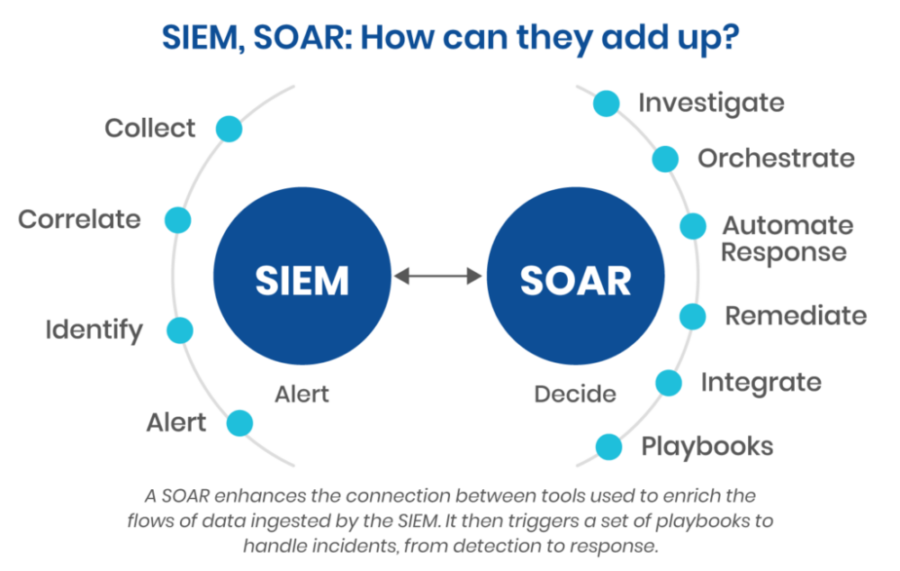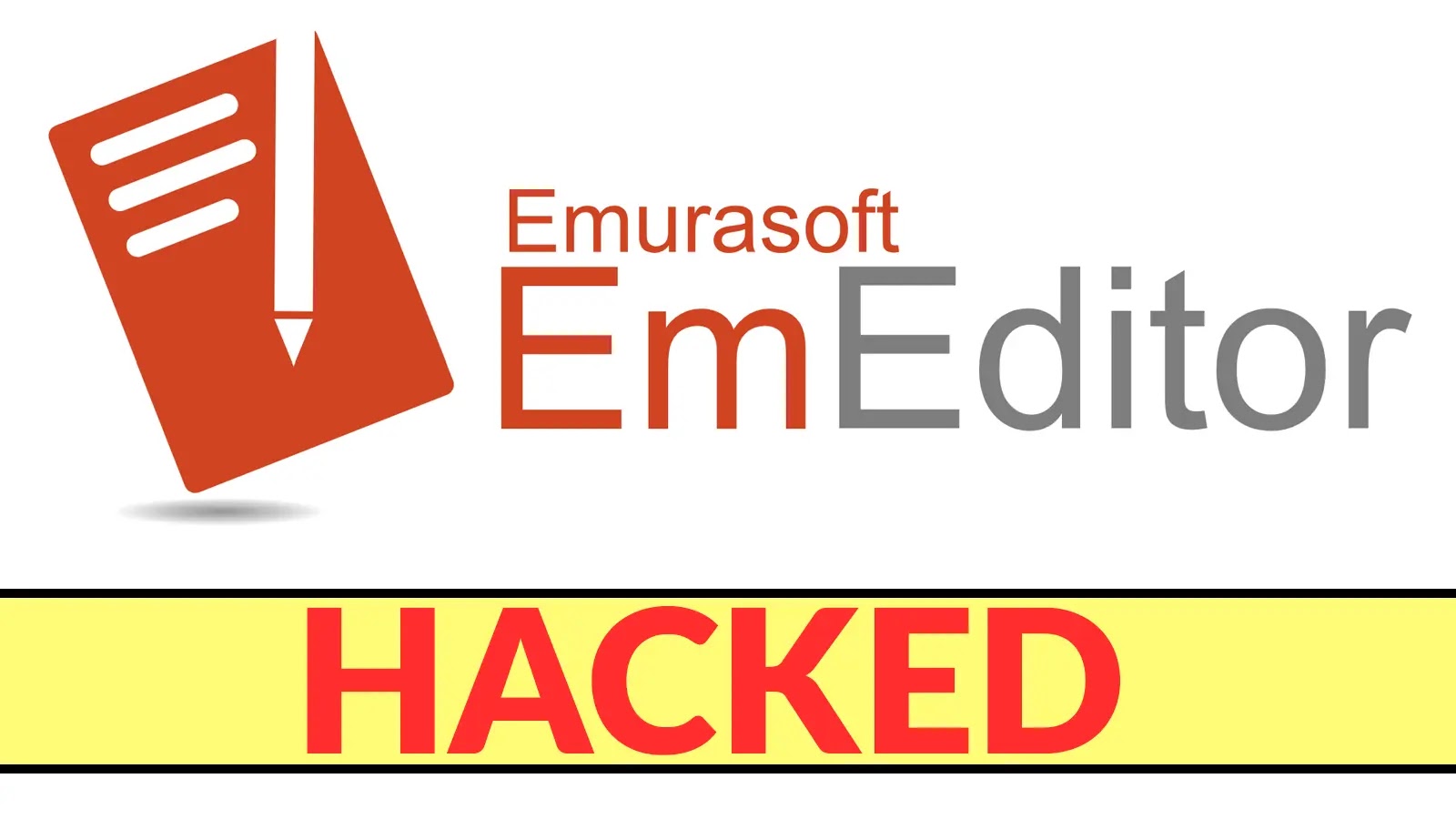Network Security Assessment: Identify & Mitigate Risks
In today’s interconnected world, safeguarding your enterprise and ensuring tomorrow’s success hinges on a robust and proactive approach to network security. This article delves into the critical need for network security assessments, exploring how they help organizations identify and mitigate risks, ultimately bolstering their overall security posture.
Understanding Network Security Assessments
A network security assessment is a comprehensive audit and analysis of an organization’s network infrastructure. This crucial process is designed to achieve several key objectives:
- Identify vulnerabilities
- Assess risks
- Evaluate the effectiveness of existing security controls
It involves a systematic check of network devices, configurations, and security policies to uncover potential gaps that could be exploited by malicious actors. It is an essential component of maintaining a strong security posture, providing valuable insights into the health and resilience of your cyber defenses against evolving threats, especially in the context of 5G technologies.
What is a Network Security Assessment?
A network security assessment is a systematic evaluation of an organization’s network infrastructure, including devices such as routers, switches, firewalls, and servers, to identify security weaknesses and potential vulnerabilities. This process often involves the use of specialized tools and techniques, such as vulnerability assessment and penetration testing, to simulate real-world attacks and uncover exploitable flaws. The primary goal is to provide a comprehensive understanding of the current security posture, highlight areas of concern, and recommend solutions to mitigate identified risks, ultimately enhancing the overall security of the network.
Importance of Security Risk Assessment
The importance of a security risk assessment cannot be overstated in the current threat landscape. It serves as the foundational step in understanding an organization’s exposure to various cyber threats and provides a clear picture of potential business impact. By conducting a thorough risk assessment, organizations can prioritize remediation efforts, allocate resources effectively, and implement appropriate security measures to protect critical assets. This proactive approach not only helps in preventing costly data breaches and system compromises but also ensures compliance with regulatory requirements and builds trust with customers by demonstrating a commitment to information security.
Key Components of Network Security risk Assessments
Key components of comprehensive network assessment and cyber risk assessment or cyber analysis typically include several critical phases designed to provide a holistic view of an organization’s security posture. The goal is to provide a detailed analysis of potential threats and offer actionable recommendations to strengthen the overall security of the network infrastructure. A thorough assessment will also examine network architecture, assess access controls, review security policies, and evaluate the maturity of incident response plans.
| Component | Description |
|---|---|
| Vulnerability Scanning | Identifies known weaknesses. |
| Penetration Testing is a vital process in identifying weaknesses in network security, especially when combined with regular network assessments. | Simulates real-world attacks and assesses the effectiveness of security controls. |
| Configuration Reviews | Examines firewalls and other network devices. |
Types of Network Security Assessments
There are several types of network security assessments, each designed to address specific aspects of an organization’s security posture and uncover different categories of vulnerabilities. These assessments are critical components of a comprehensive information security strategy, allowing organizations to proactively identify and mitigate risks before they can be exploited by malicious actors. By employing a diverse range of assessment techniques, organizations can gain a holistic understanding of their network infrastructure’s resilience against various cyber threats and ensure the effectiveness of their existing security controls. This multifaceted approach helps maintain a strong overall security posture and protects vital assets.
Vulnerability Assessments
Vulnerability assessments are a fundamental type of network security assessment focused on identifying, quantifying, and prioritizing vulnerabilities within a network infrastructure. These assessments typically involve the use of specialized tools to scan systems, applications, and network devices for known weaknesses, misconfigurations, and outdated software that could be exploited. The primary goal is to provide a comprehensive list of potential security gaps, allowing organizations to understand their exposure to various threats and prioritize remediation efforts. This proactive approach to identifying vulnerabilities is crucial for maintaining a robust security posture and reducing the overall risk of a security compromise.
Pentest vs. Vulnerability Scanning
While often conflated, penetration testing (pentest) and vulnerability scanning serve distinct but complementary roles within a comprehensive network security assessment strategy that helps organizations implement security measures effectively. Vulnerability scanning primarily uses automated tools to identify known vulnerabilities based on predefined signatures and configurations, offering a broad but superficial check of potential weaknesses. A pentest goes beyond mere identification; it seeks to demonstrate how vulnerabilities can be chained together to compromise systems, providing a deeper understanding of an organization’s overall security posture and resilience against sophisticated threats.
| Penetration Testing | |
| Involves | Ethical hackers simulating real-world attacks to:
|
Compliance Audits
Compliance audits are another critical type of network security assessment, specifically designed to evaluate an organization’s adherence to various regulatory standards, industry best practices, and internal security policies. These audits assess whether the existing security measures and controls align with requirements set forth by frameworks such as NIST, ISO 27001, GDPR, or HIPAA. The audit process typically involves reviewing documentation, conducting interviews, and examining network configurations to ensure that the organization’s security posture not only mitigates cyber risks but also satisfies legal and contractual obligations. Achieving and maintaining compliance through these audits is vital for avoiding penalties, building trust with stakeholders, and demonstrating a commitment to robust information security practices.
The Risk Assessment Process
The risk assessment process is a cornerstone of any robust security strategy, serving as a systematic methodology to identify, analyze, and evaluate potential threats and vulnerabilities to an organization’s assets. This comprehensive process is integral to a network security assessment, as it provides a structured approach to understanding the potential impact of cyber incidents and informs the development of effective security controls. By meticulously conducting a risk assessment, organizations can gain critical insights into their security posture, prioritize remediation efforts, and allocate resources strategically to mitigate the most significant risks, ultimately enhancing their overall security and resilience against evolving cyber threats.
Identifying Assets and Threats
The initial phase of the risk assessment process involves the critical step of identifying assets and threats. Assets encompass all valuable components within the organization’s network infrastructure, including hardware, software, data, intellectual property, and even personnel, as they all contribute to the company’s operational continuity and success. This identification requires a thorough understanding of what needs protection and its importance to business operations. Simultaneously, identifying potential threats involves recognizing both internal and external malicious actors, as well as environmental factors that could exploit vulnerabilities. This foundational understanding of assets and threats is crucial for effectively pinpointing where security measures are most needed and helps establish a baseline for subsequent vulnerability analysis and risk evaluation within the network security assessment.
Analyzing Vulnerabilities
Following the identification of assets and threats, the next crucial step in the risk assessment process is analyzing vulnerabilities. This phase involves a deep dive into the network infrastructure to uncover weaknesses in systems, applications, configurations, and security controls that could be exploited by identified threats. Techniques such as vulnerability assessment and penetration testing are employed here to systematically scan for known security gaps, misconfigurations, and outdated software. The objective is to understand how these vulnerabilities could be leveraged to compromise assets, assessing the specific points of entry or weaknesses that could lead to a security incident. This detailed analysis is vital for understanding the potential pathways an attacker might take and forms the base for evaluating the potential impact of a successful cyber attack on the organization’s overall security posture.
Evaluating Risk and Impact
The final and perhaps most critical stage of the risk assessment process is Evaluating risk and impact through regular network assessments is crucial for understanding potential vulnerabilities.. This phase quantifies the potential damage or disruption that could result from a successful exploitation of identified vulnerabilities by specific threats. It involves assessing both the likelihood of a security incident occurring and the severity of its potential consequences, which can range from data breaches and financial losses to reputational damage and operational downtime. By assigning a risk level to each identified scenario, organizations can prioritize which risks require immediate attention and which can be managed over time, ultimately reducing potential costs associated with security breaches. This comprehensive evaluation of risk and impact empowers the company to make informed decisions regarding the implementation of security controls and risk mitigation strategies, ensuring that resources are allocated effectively to bolster the overall security posture of the network and protect vital assets.
Conducting a Network Security Assessment
Step-by-Step Guide to Conducting Assessments
Conducting a comprehensive network security assessment involves a structured, multi-phase approach designed to systematically uncover vulnerabilities and strengthen an organization’s security posture. The process typically begins with meticulous planning, defining the scope, objectives, and methodologies to be employed. This is followed by information gathering, where details about the network infrastructure, existing security controls, and critical assets are collected to facilitate effective network scanning. Subsequently, active vulnerability scanning and penetration testing are performed to identify and exploit weaknesses. The final steps involve detailed analysis of findings, risk prioritization, and the formulation of actionable recommendations, ensuring a thorough and effective enhancement of the overall security posture against potential cyber threats.
Tools for Network Security Assessment
A diverse array of specialized tools is indispensable for performing an effective network security assessment, each serving a unique function in identifying and analyzing vulnerabilities within the infrastructure. These tools range from automated vulnerability scanners, which quickly identify known security gaps and misconfigurations, to advanced penetration testing frameworks that simulate real-world attacks. Packet sniffers, network mappers, and forensic analysis tools also play crucial roles in gathering intelligence and understanding network traffic patterns. The strategic deployment of these technologies enables security professionals to conduct thorough audits, assess the effectiveness of existing security controls, and gain a holistic view of the network’s resilience against various cyber threats, thereby bolstering the organization’s overall security posture.
Post-Assessment Actions
Following the completion of a network security assessment, the post-assessment actions are critical for translating identified vulnerabilities and risks into actionable improvements for the organization’s security posture. This phase involves prioritizing the discovered security gaps based on their severity and potential impact, developing a detailed remediation plan, and implementing the necessary security controls and policy adjustments. Regular monitoring, re-testing, and continuous improvement cycles are also essential to ensure that the network remains resilient against evolving threats. These post-assessment activities are vital for maintaining a strong and adaptive security posture, allowing organizations to proactively mitigate risks and safeguard their valuable assets against future cyber attacks.
Enhancing Security Posture with TeamWin Global
How TeamWin Global Helps Organizations
TeamWin Global Technologica Pvt Ltd is dedicated to empowering its clients through a comprehensive suite of IT security solutions, significantly enhancing their overall security posture. The company offers advanced firewalls, robust endpoint security, privileged access management (PAM), and endpoint protection management (EPM), all designed to fortify the network infrastructure. TeamWin Global also provides passive and active networking capabilities, alongside state-of-the-art enterprise CCTV and biometric systems. This commitment not only safeguards the integrity of organizational data but also protects invaluable intellectual property. TeamWin Global understands each customer’s existing environment, helping them acquire the right solution and ensuring a robust defense against evolving cyber threats, thereby strengthening their security posture.
Ensuring Compliance and Security
TeamWin Global is deeply committed to ensuring both compliance and robust security for its clients, understanding that these two pillars are paramount for an organization’s success and growth. By providing on-demand 24/7 assistance and responsive customer support, the company helps organizations navigate complex regulatory landscapes while simultaneously fortifying their network infrastructure against sophisticated cyber threats. Their managed support services ensure continuous adherence to industry standards and best practices, mitigating risks associated with non-compliance and security breaches. TeamWin Global’s expertise allows clients to maintain a strong security posture, confidently meet customer needs, and exceed expectations by delivering high-quality, reliable, and efficient security solutions.
Case Studies and Success Stories
TeamWin Global’s commitment to enhancing network security and ensuring compliance is best exemplified through its numerous case studies and success stories across diverse industries, showcasing their expertise in vendor management and security solutions. These examples showcase how their comprehensive suite of solutions, including advanced firewalls, endpoint security, and managed support services, have enabled clients to achieve a significantly stronger security posture. From mitigating complex cyber threats to ensuring seamless compliance with stringent regulatory frameworks, TeamWin Global’s collaborative approach and responsive customer support have consistently led to tangible improvements in information security. These success stories underscore the company’s dedication to understanding unique customer environments and providing tailored solutions that not only protect valuable assets but also drive organizational growth and resilience.
Our Cyber Security & Secure networking Services
🧠 SIEM & SOAR Solutions | Real-Time Threat Detection & Automated Response – Teamwin Global 📌 Overview Centralize your security data and automate incident response [...]
Why Choose TeamWin for Managed IT Services TeamWin offers reliable, scalable Managed IT Services designed for SMEs and small businesses. We provide proactive IT support [...]
At Teamwin Global, we provide end-to-end cybersecurity solutions built for today’s digital threats. Backed by industry leaders like Seqrite, CrowdStrike, and Microsoft, we help secure [...]
Articles from the latest news
Latest Tech Articles news
The digital landscape is a constant battleground, and even the most trusted software can become a weapon in the hands of malicious actors. A [...]
The Plunge and the Proof: A Hacker’s Desperate Act in the Coupang Data Breach In a scene that could be ripped from a cyber-thriller, a [...]
A recent and intense coordinated exploitation campaign targeting Adobe ColdFusion servers has sent ripples through the cybersecurity community. Over 2.5 million malicious requests were unleashed [...]






